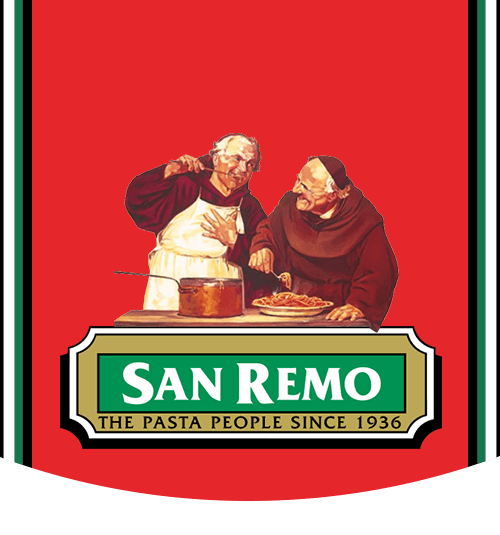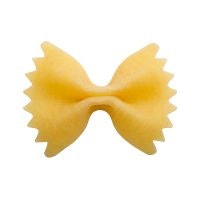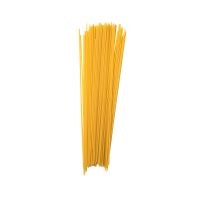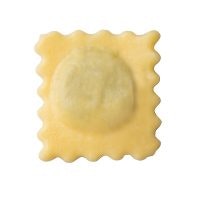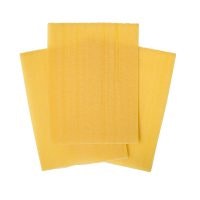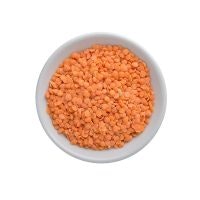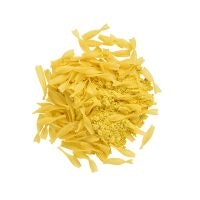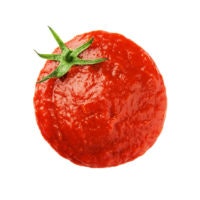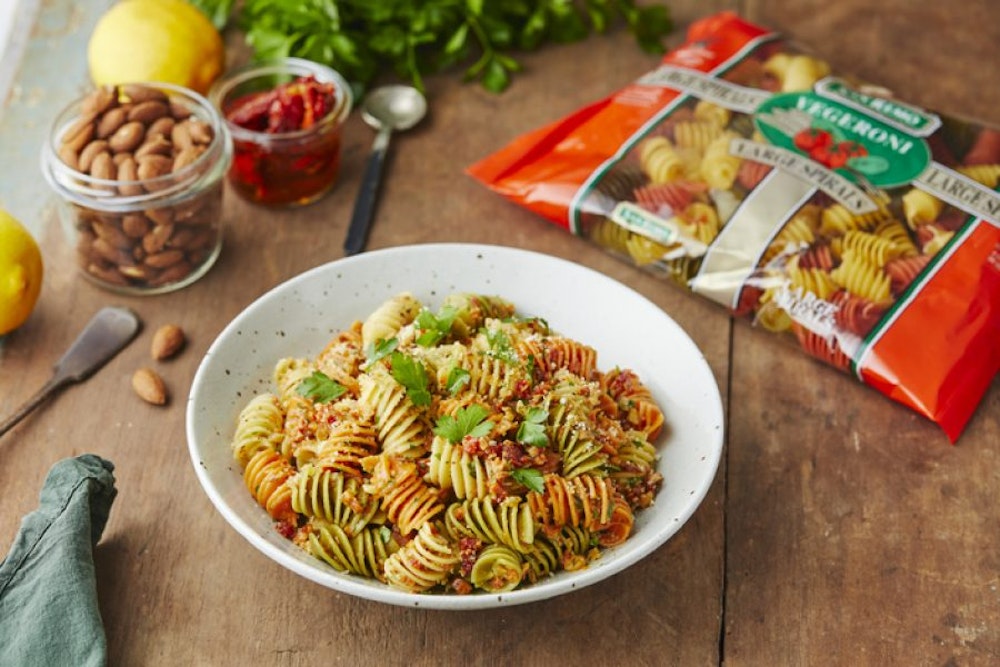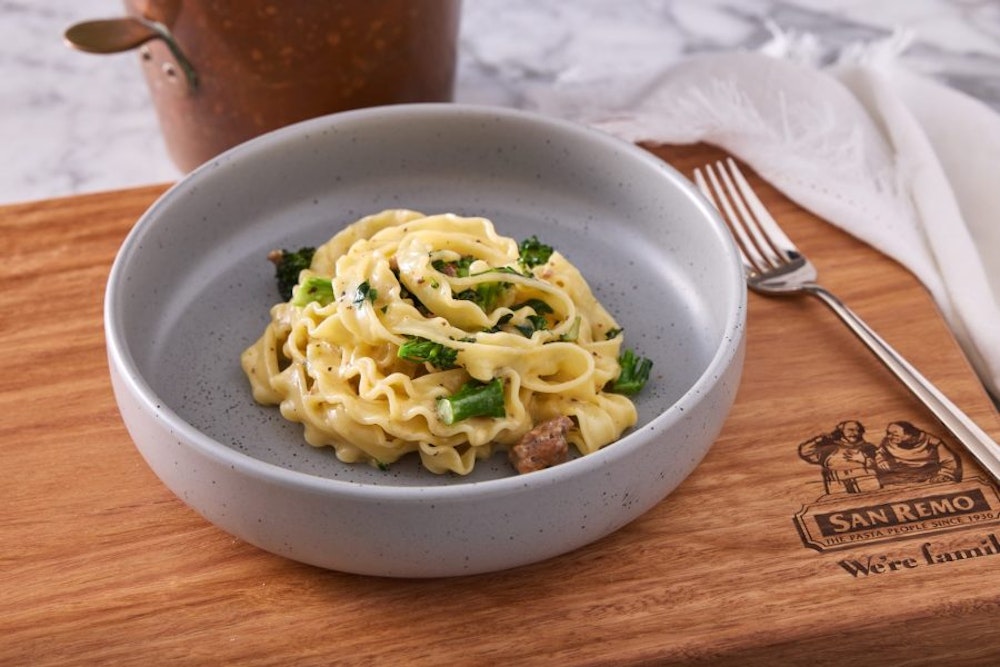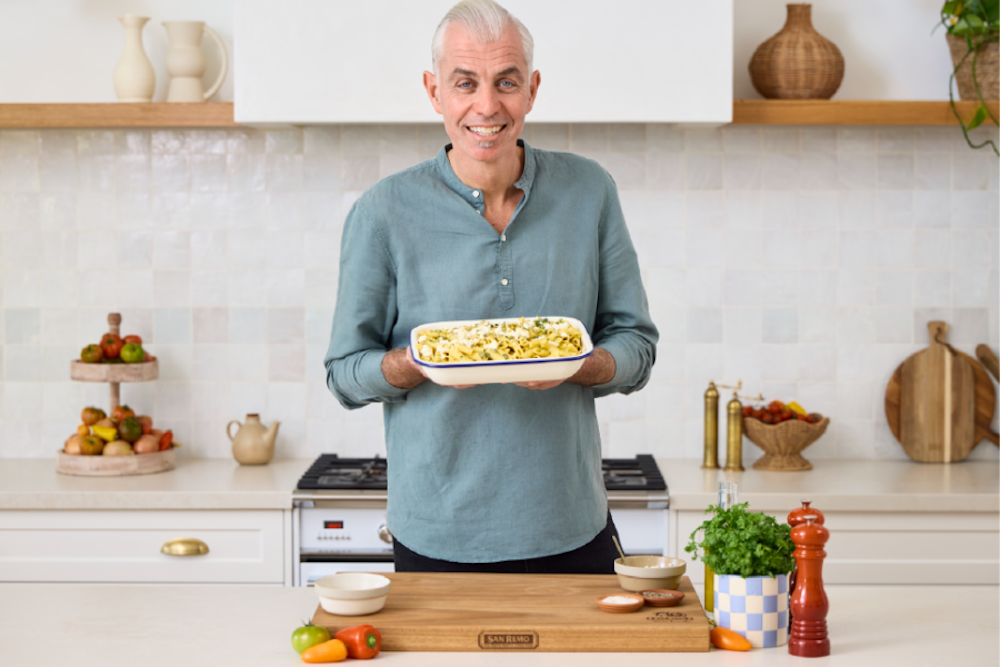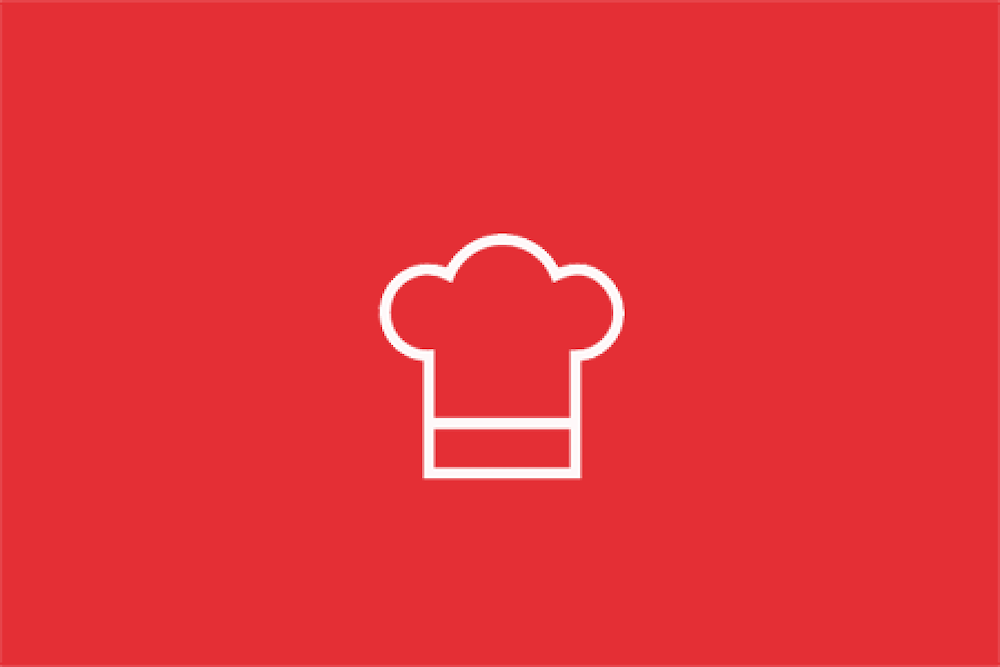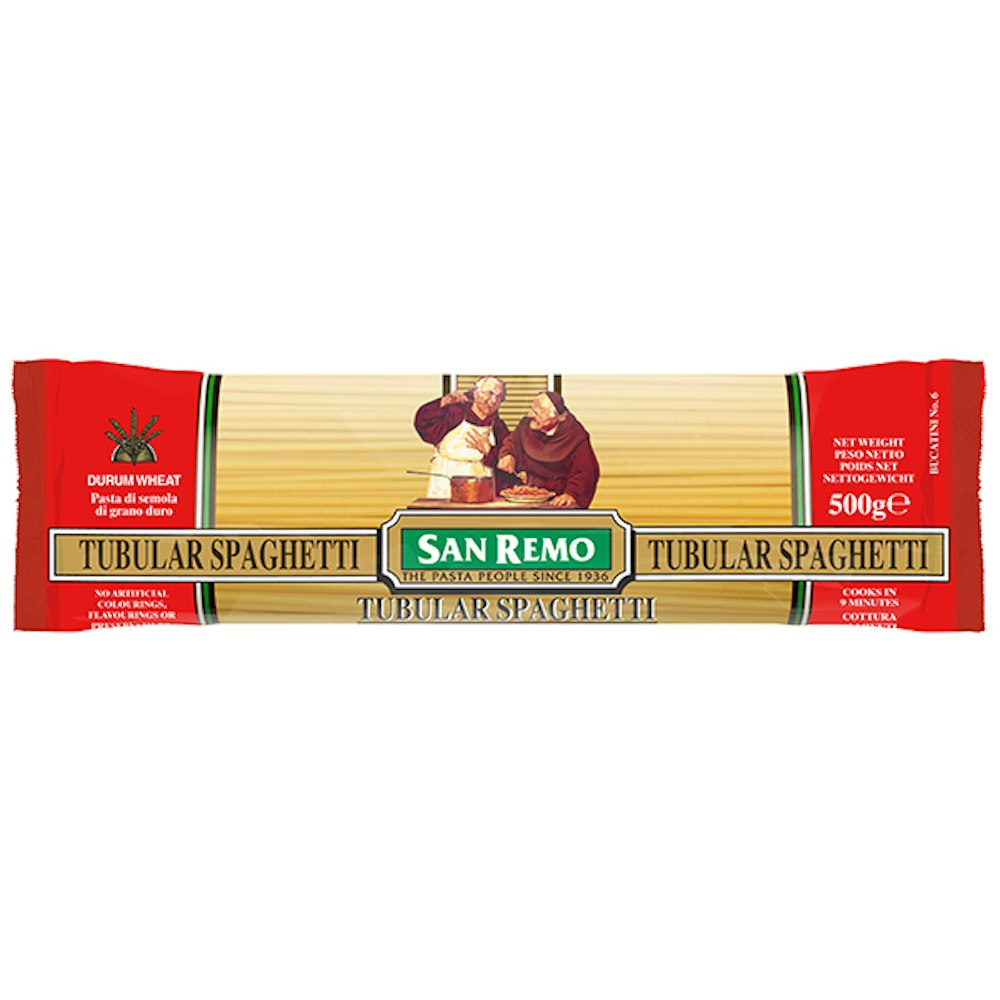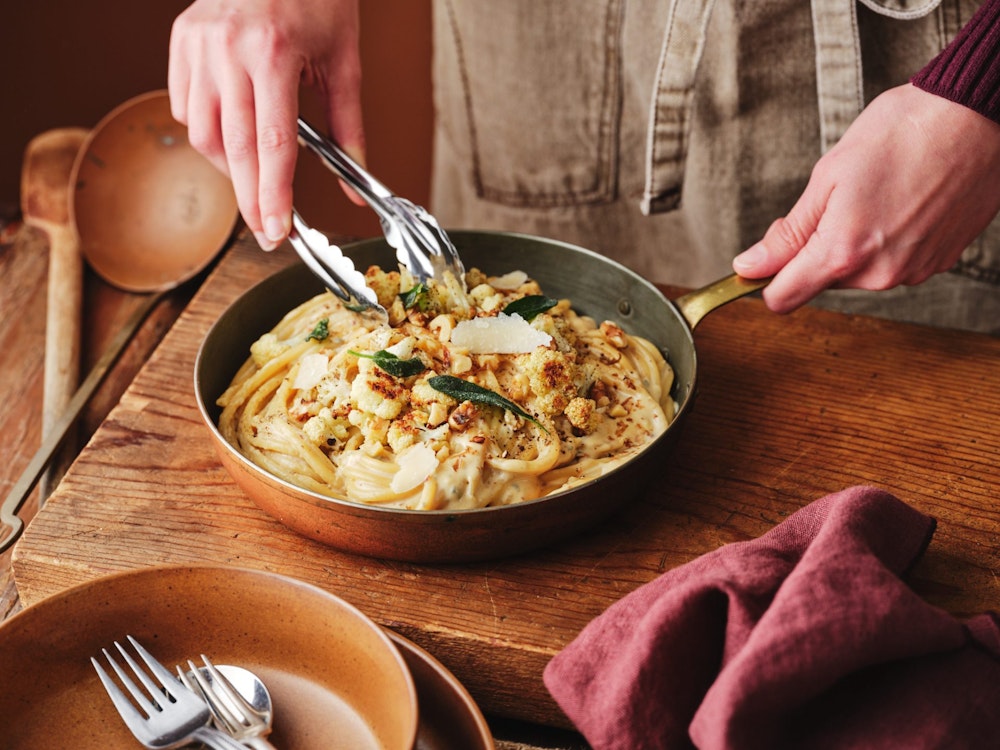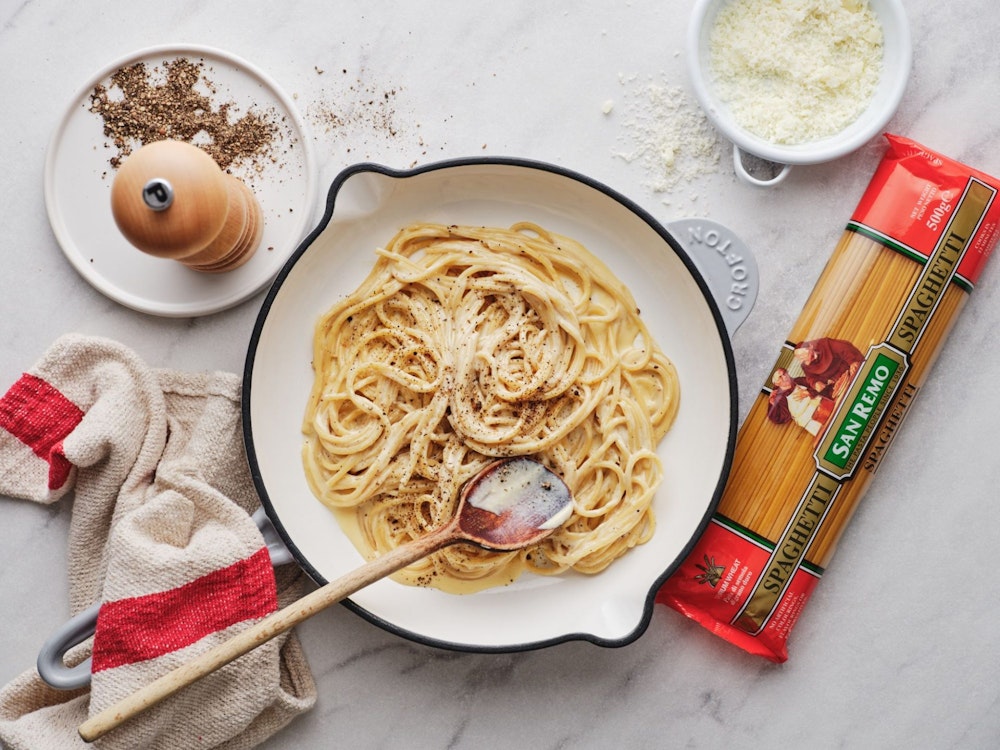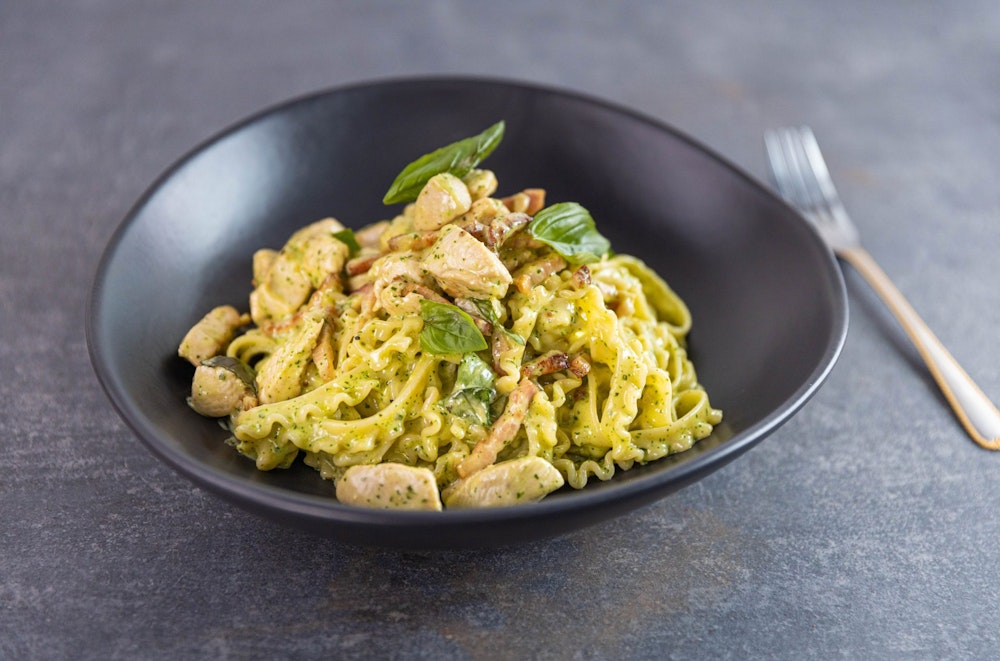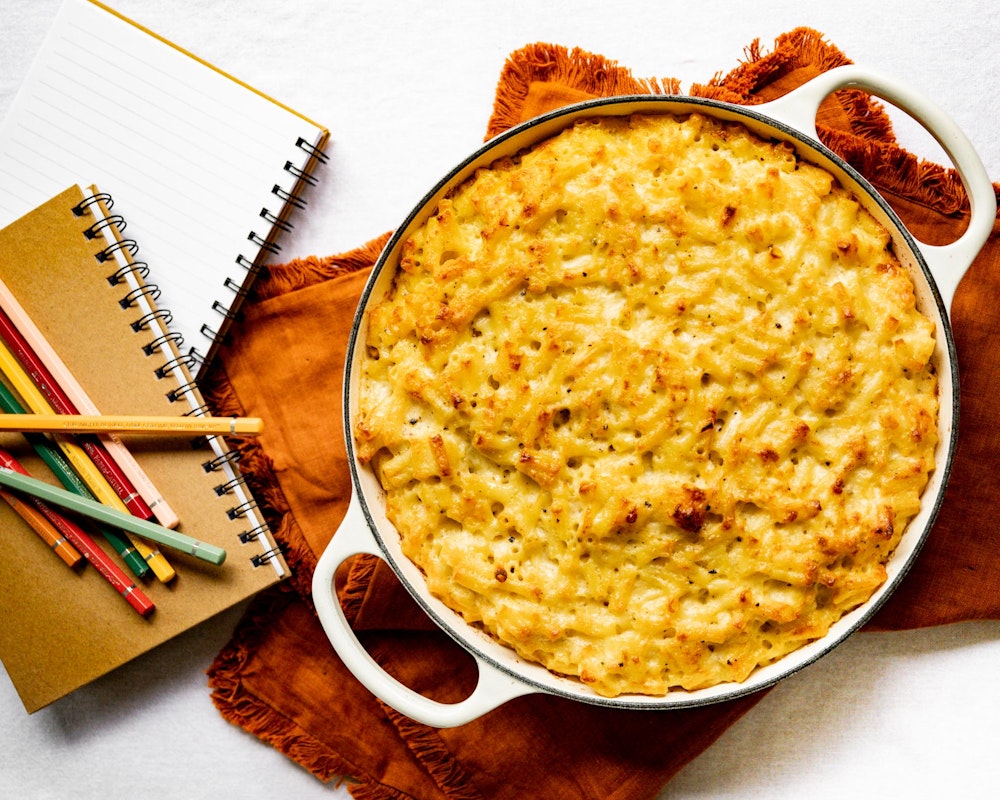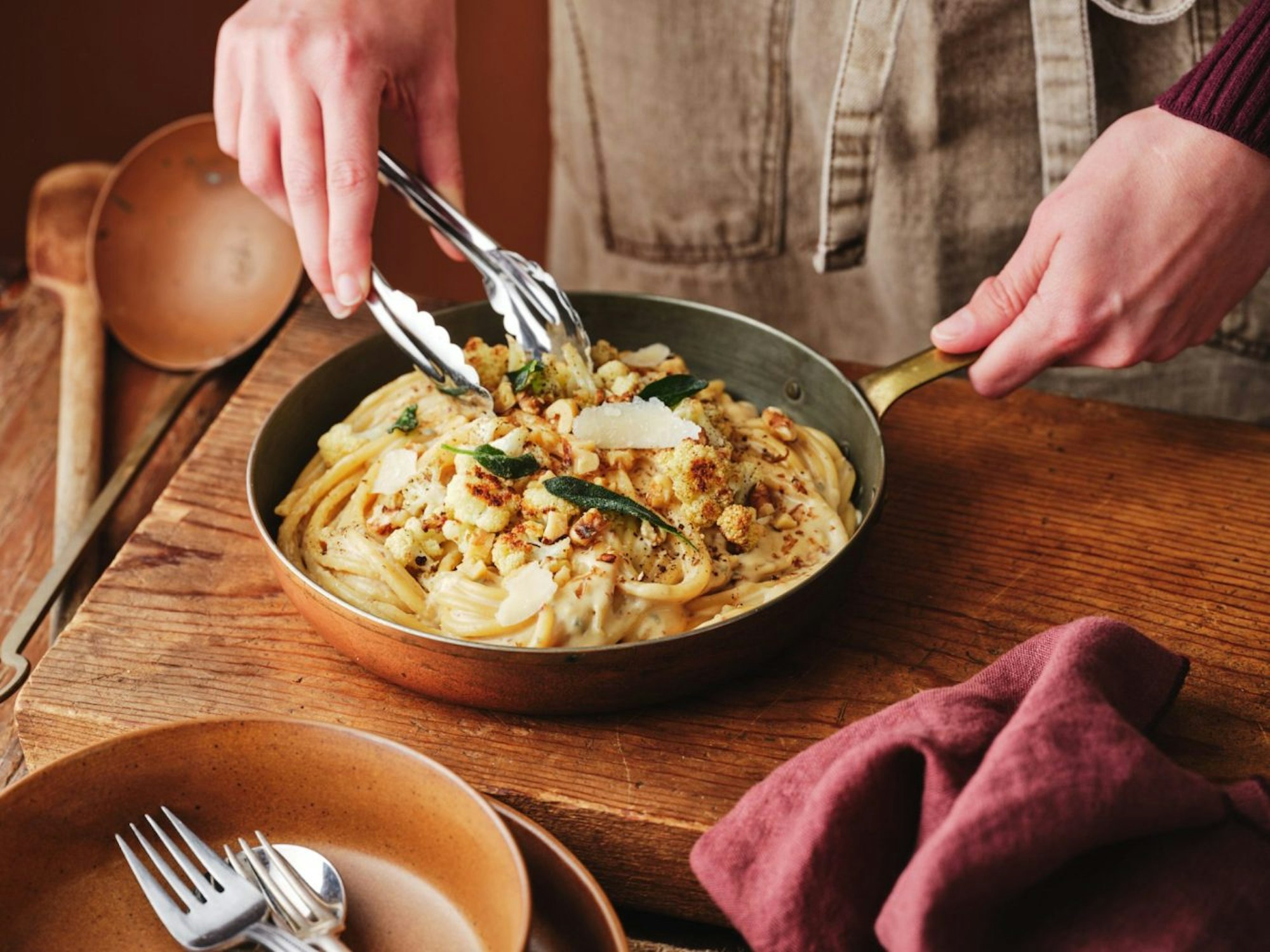

Tubular Spaghetti with Roasted Cauliflower and Blue Cheese Sauce
Step into gourmet territory with this unique and satisfying dish featuring San Remo’s tubular spaghetti, roasted cauliflower, and a bold blue cheese sauce. It’s a delicious twist on a classic pasta night-perfect for adventurous eaters and lovers of rich flavour.
-
prep time10minuti
-
cook time30minuti
-
serves5people
Ingredients
Method
-
Preheat oven to 200°C.
-
Toss cauliflower florets and sage in olive oil and season with salt and pepper. Place cauliflower onto two baking paper lined baking trays and roast in the oven until golden, about 15 minutes, adding the sage for the last two minutes.
-
Meanwhile, heat a large frypan over medium to high heat, add butter and leek and sauté until softened.
-
Add stock and reduce by half.
-
Add cream, reduce by half, then crumble in blue cheese and stir to melt through.
-
Meanwhile, in a pot of boiling salted water, add pasta and cook as per packet instructions, retaining a little of the pasta cooking water.
-
Add pasta and cauliflower to the sauce, toss well to mix through, adding a splash of pasta cooking water to loosen the sauce if necessary.
-
To finish garnish with crispy sage, chopped walnuts and shaved parmesan.
-
Serve and enjoy with family and friends!
Tips & Tricks
- Cooking Tips for Beginners: Roast the cauliflower until golden to bring out its nutty flavour and enhance the texture, cook the pasta al dente so it holds the creamy sauce without becoming mushy, and use room-temperature cheese to help it melt more smoothly into the sauce.
- Achieving the Perfect Sauce Texture: Melt the cheese gradually over low heat to prevent clumping, add cream slowly while stirring for a velvety finish, and use pasta water to thin the sauce and help it cling to the spaghetti.
- Common Mistakes to Avoid: Avoid overpowering the dish with too much blue cheese by keeping the balance right, don’t skip seasoning the cauliflower as it enhances the overall flavor, and prevent the sauce from boiling to keep the cheese and cream mixture smooth.
Frequently Asked Questions
What type of pasta works best for blue cheese spaghetti?
Tubular spaghetti, as used in this recipe, is ideal because its shape holds on to the rich blue cheese sauce. You can also try rigatoni or penne for similar effect.
How can I balance the strong flavor of blue cheese in a spaghetti sauce?
To balance the bold taste of blue cheese in your spaghetti sauce, pair it with roasted vegetables like cauliflower, as done in this recipe. Adding cream and a touch of garlic also helps mellow the flavor while keeping the sauce rich and flavorful.
Can I make pasta and blue cheese sauce ahead of time?
Yes, you can prepare the sauce up to 2 days in advance. Store it in the fridge and reheat gently on low heat, then combine with freshly cooked pasta just before serving.
What ingredients enhance the flavor of blue cheese spaghetti sauce?
Roasted cauliflower, garlic, cracked pepper, and a dash of lemon juice work beautifully to balance and elevate the sauce, cutting through the richness of the blue cheese.
